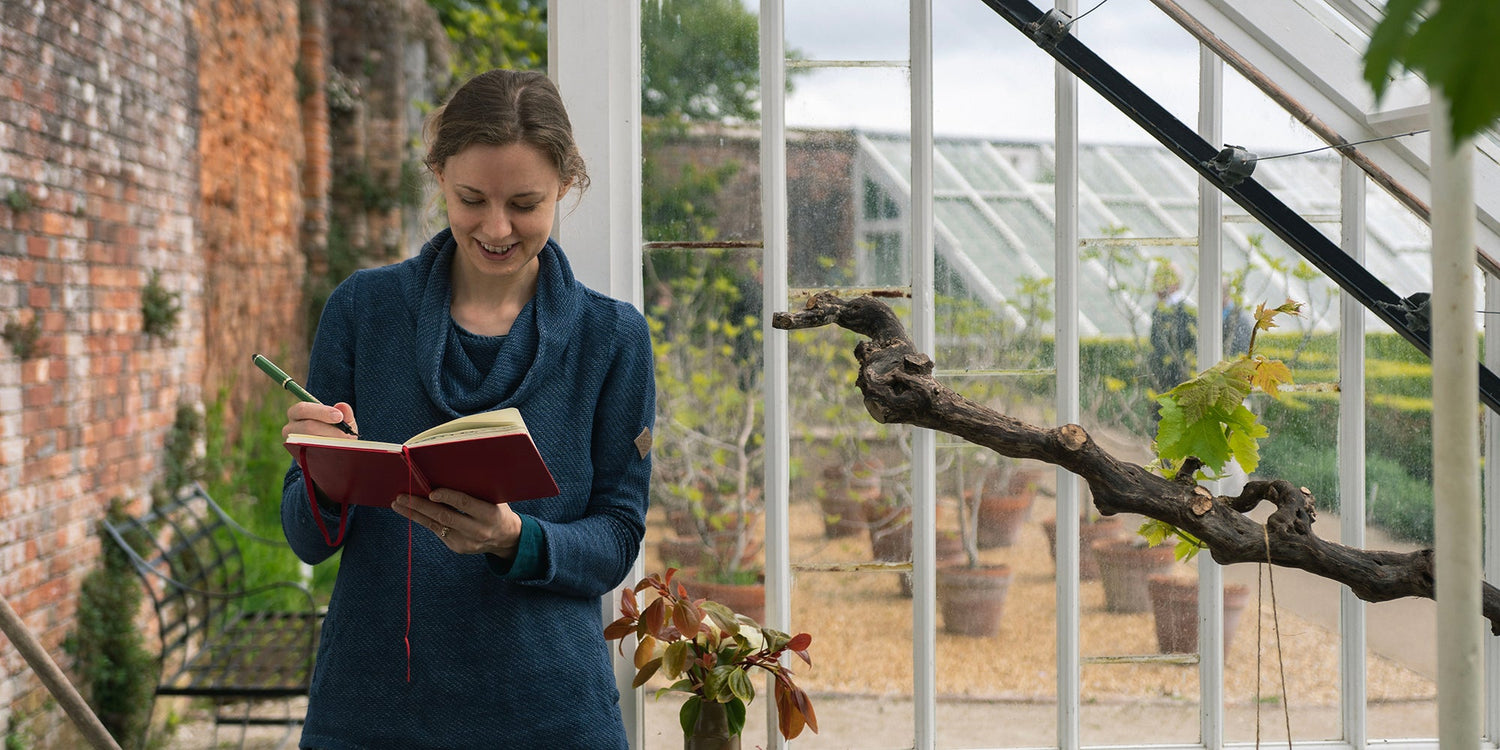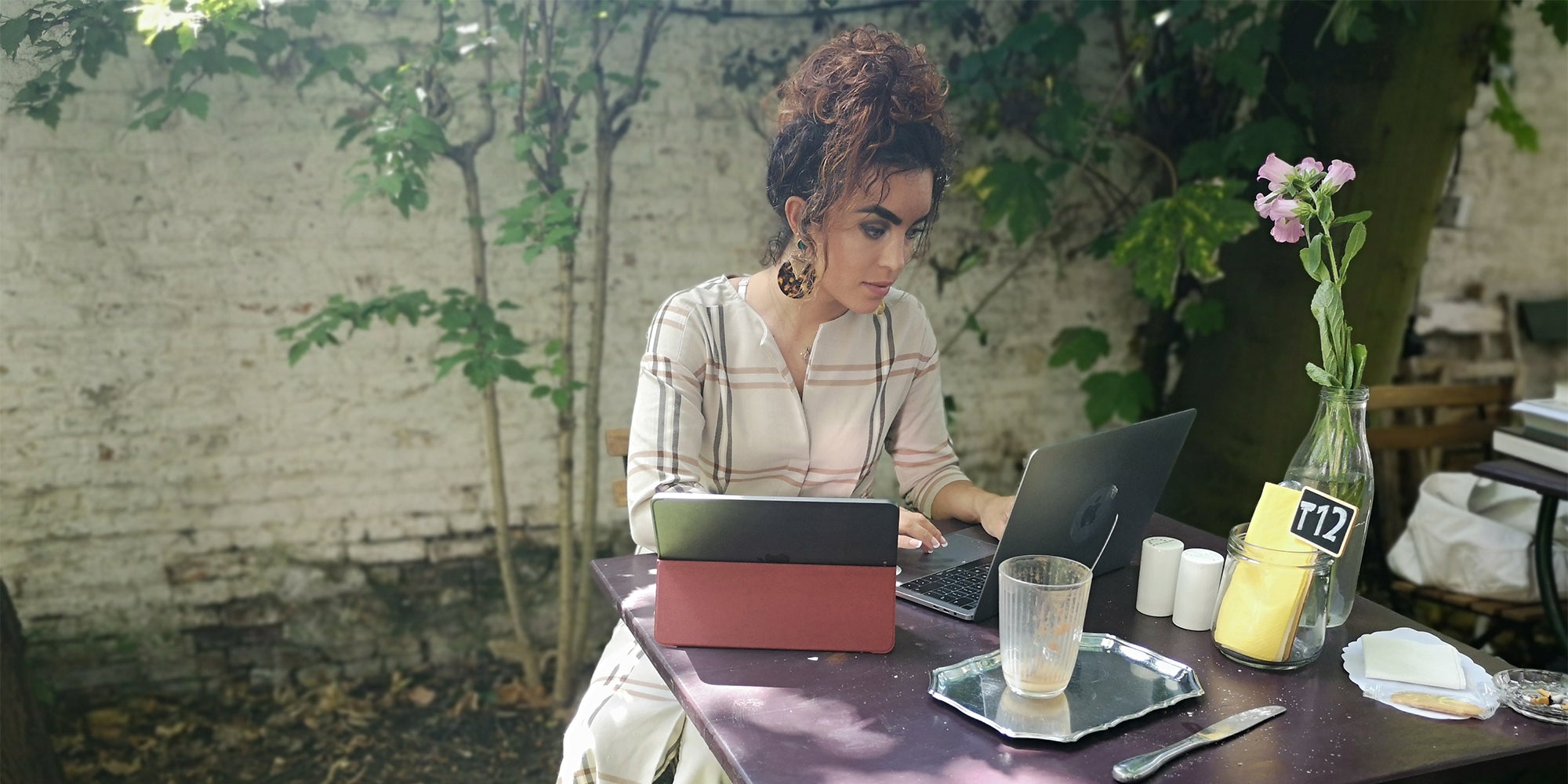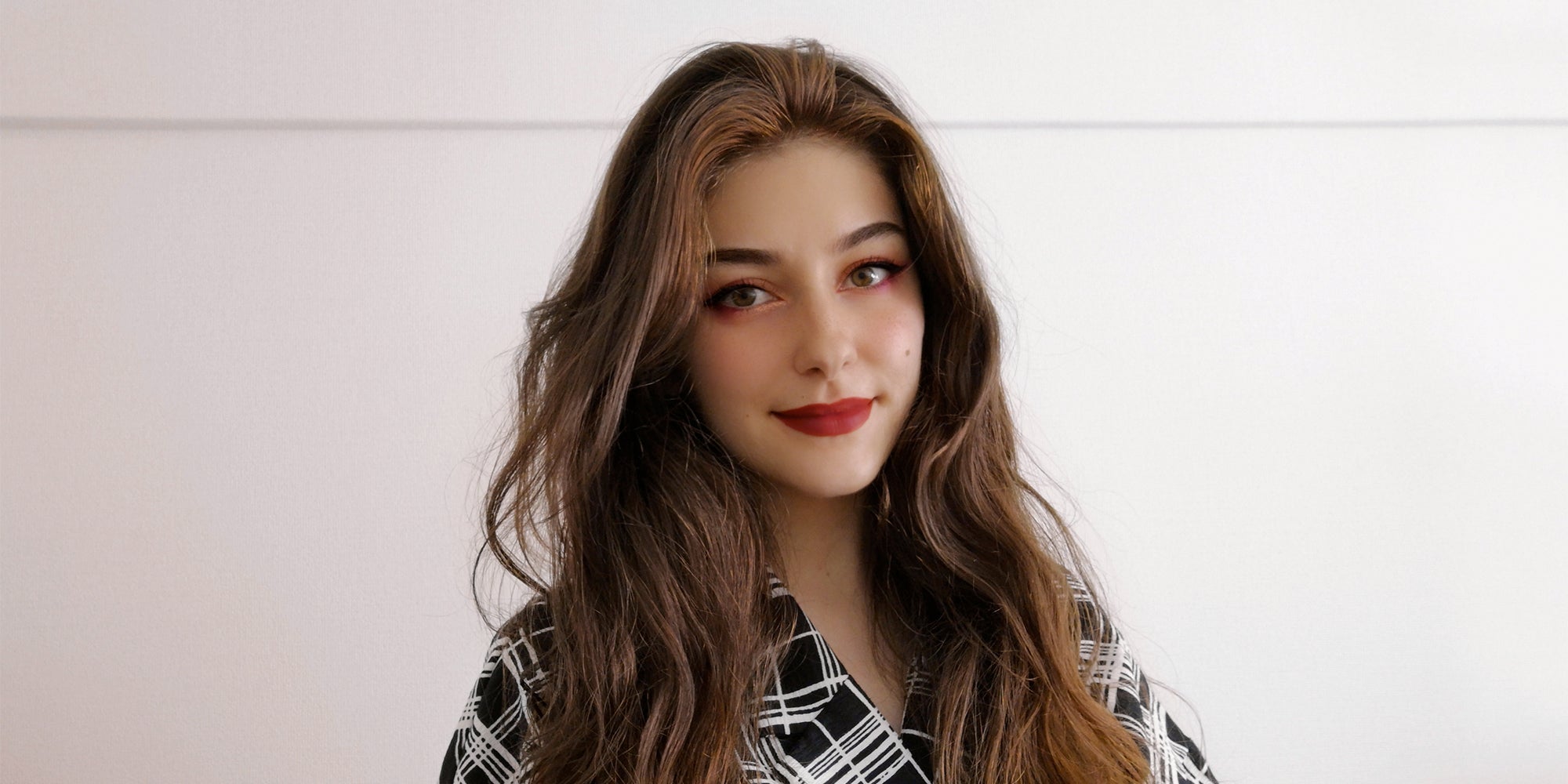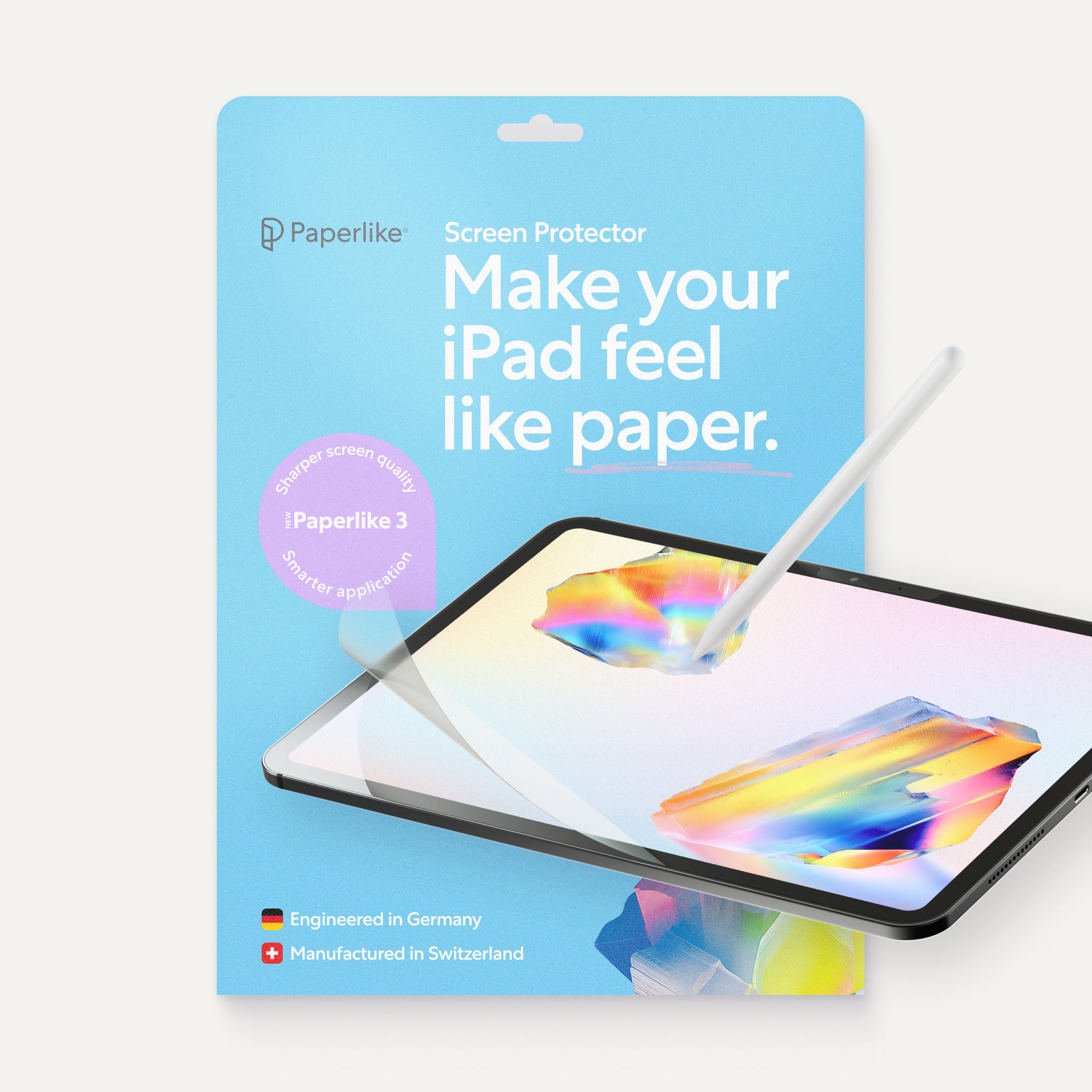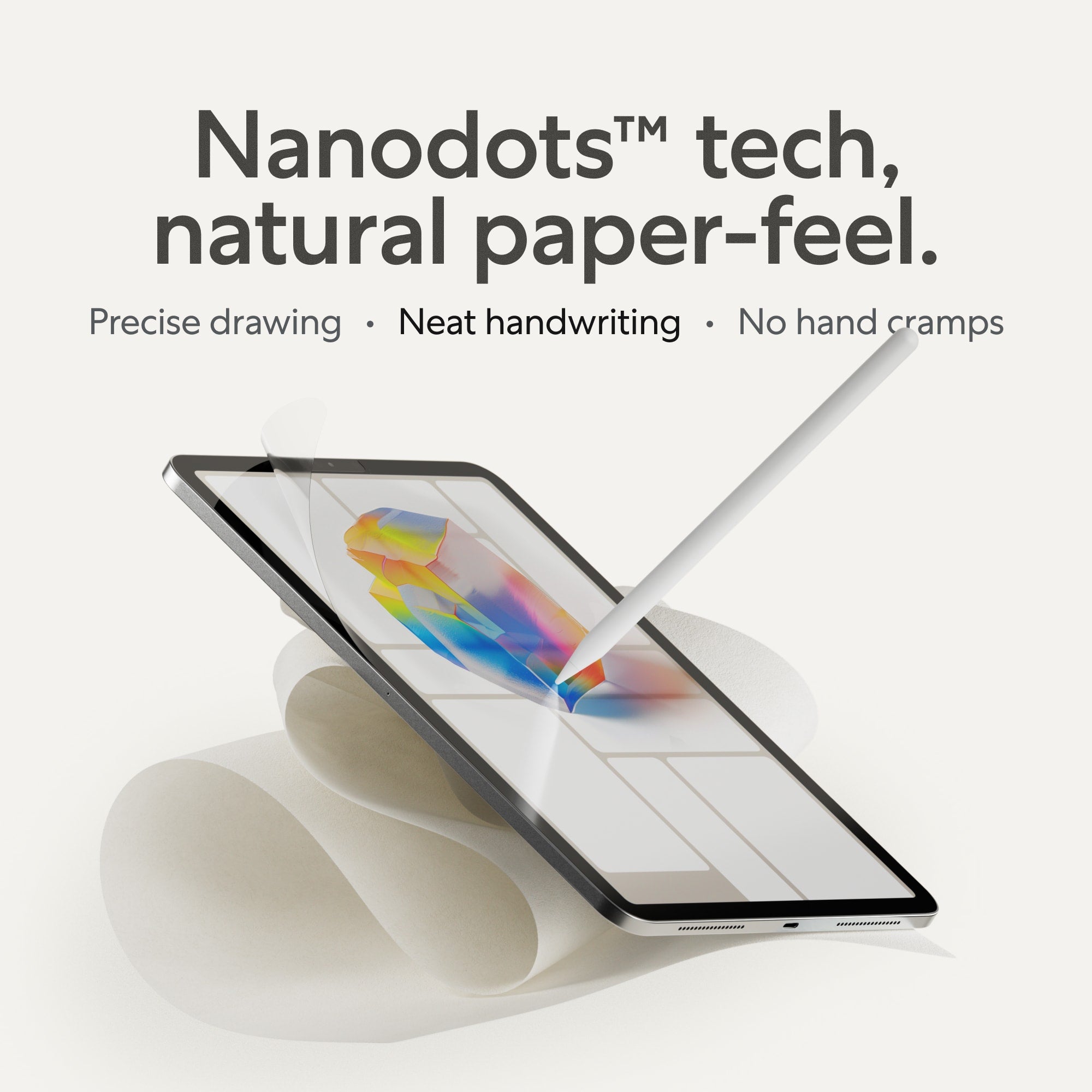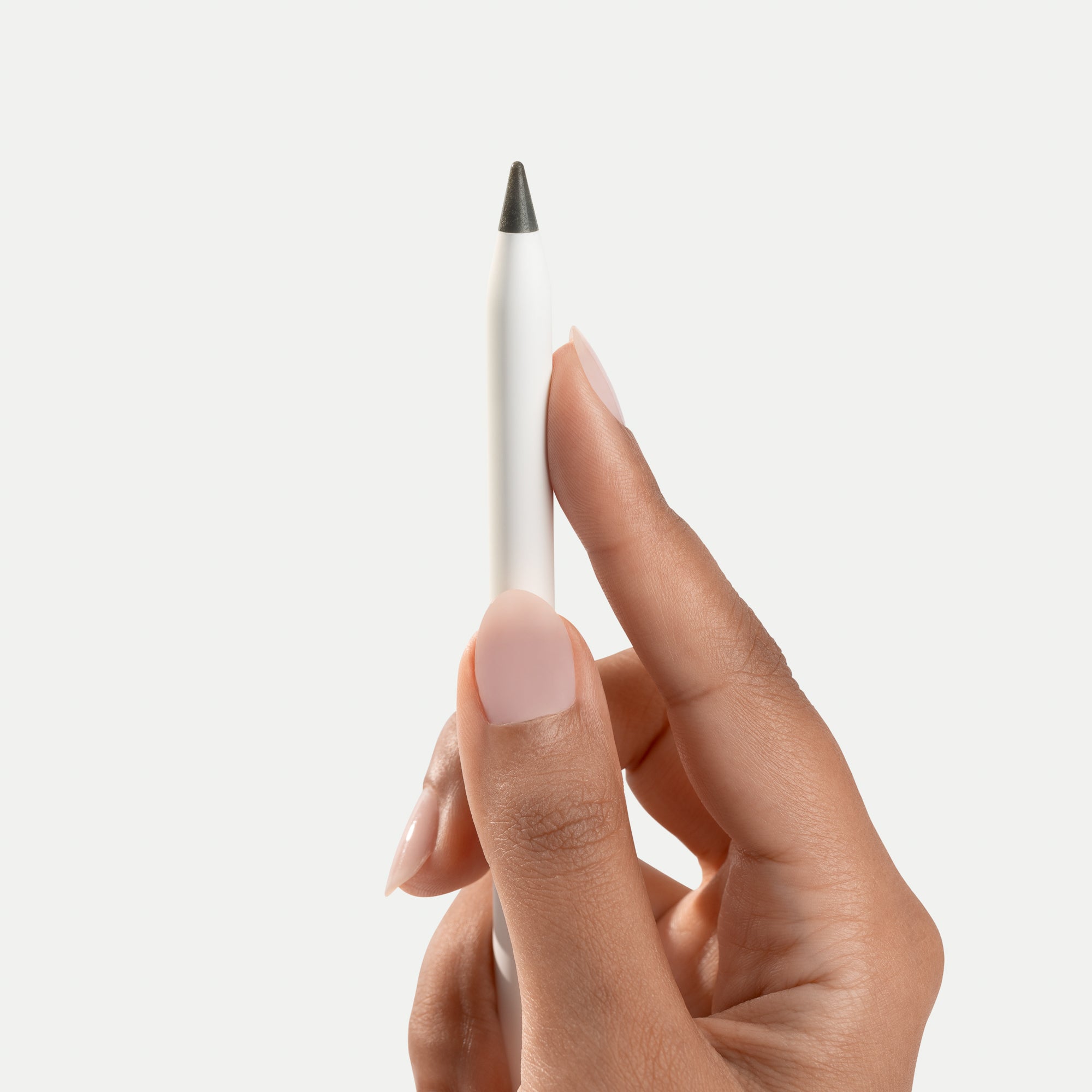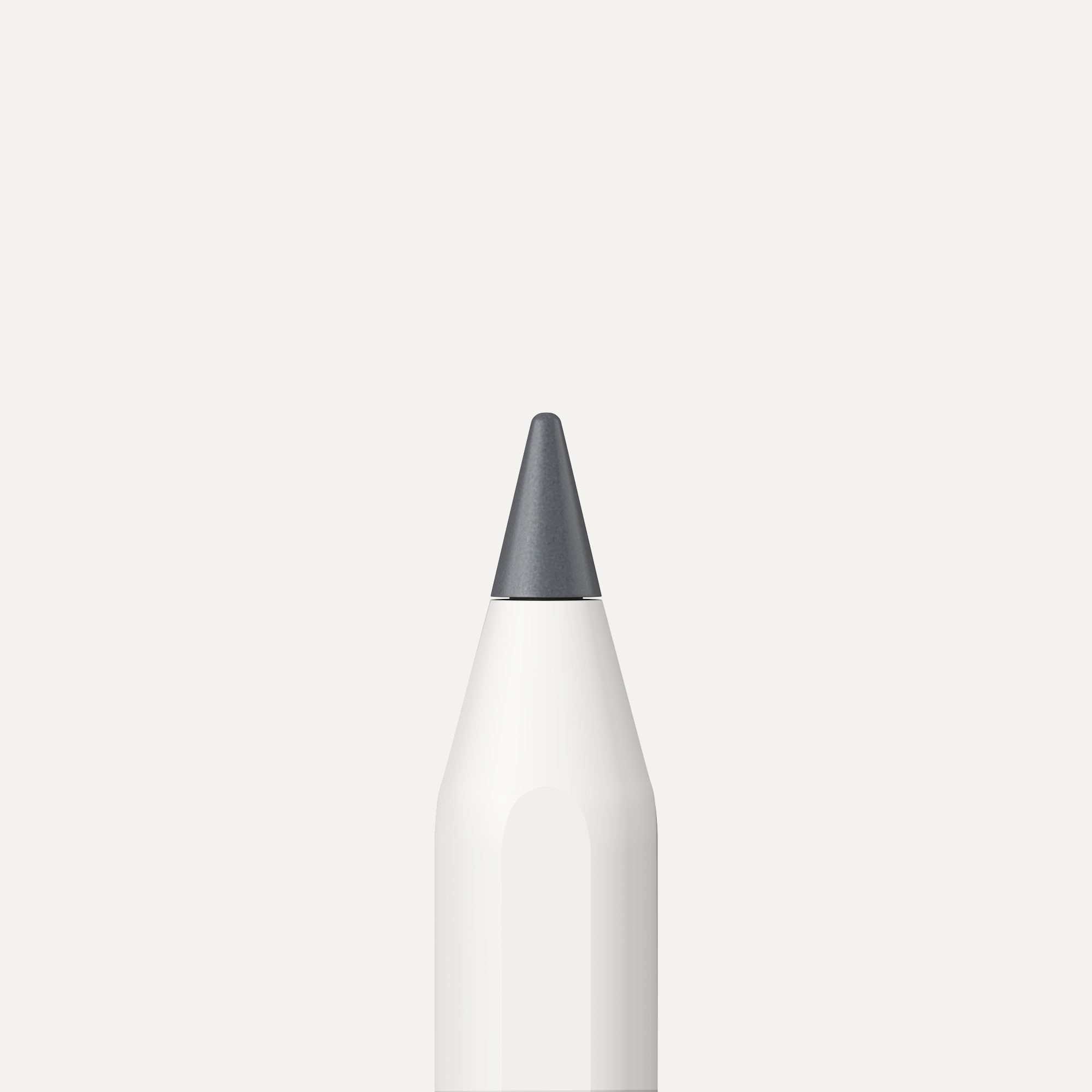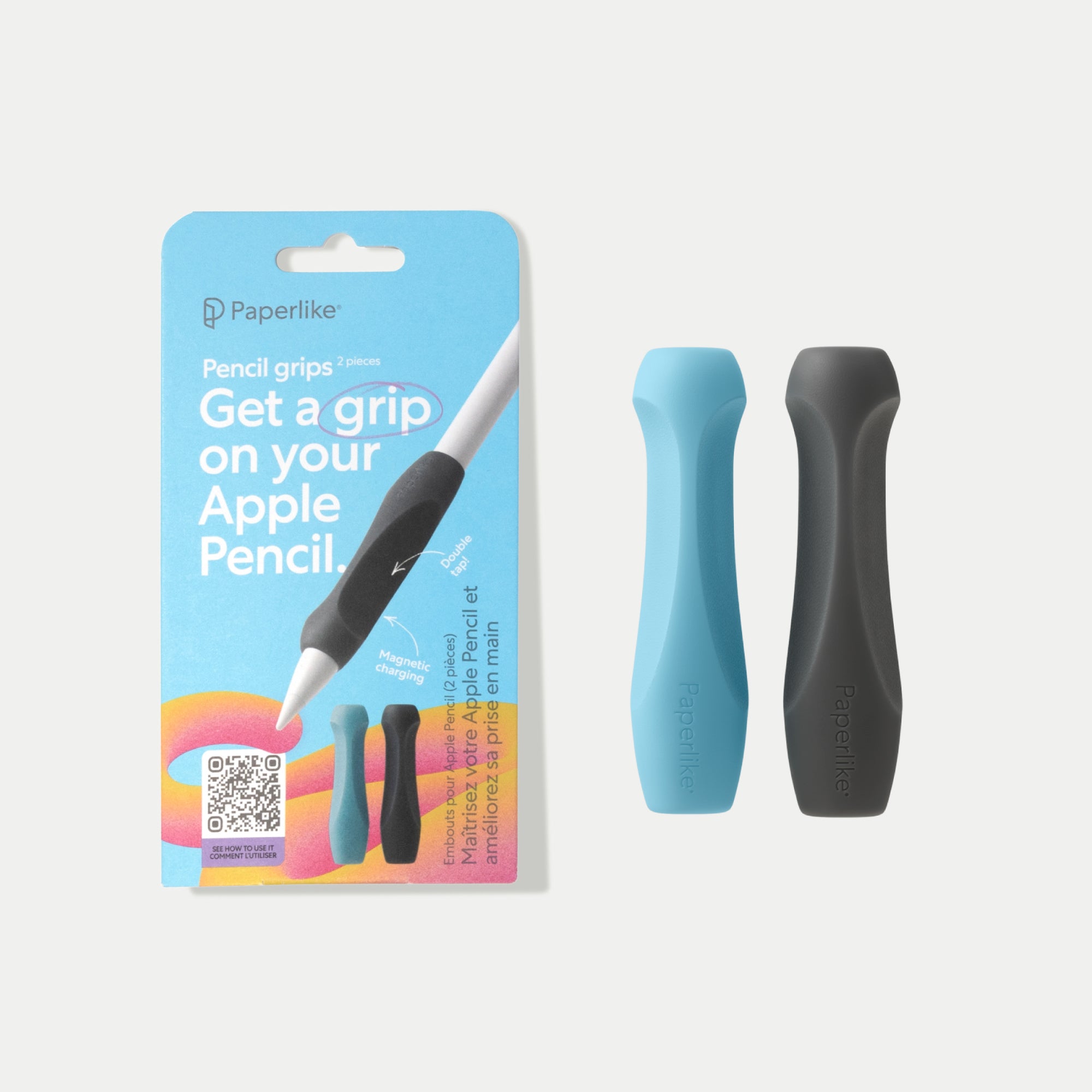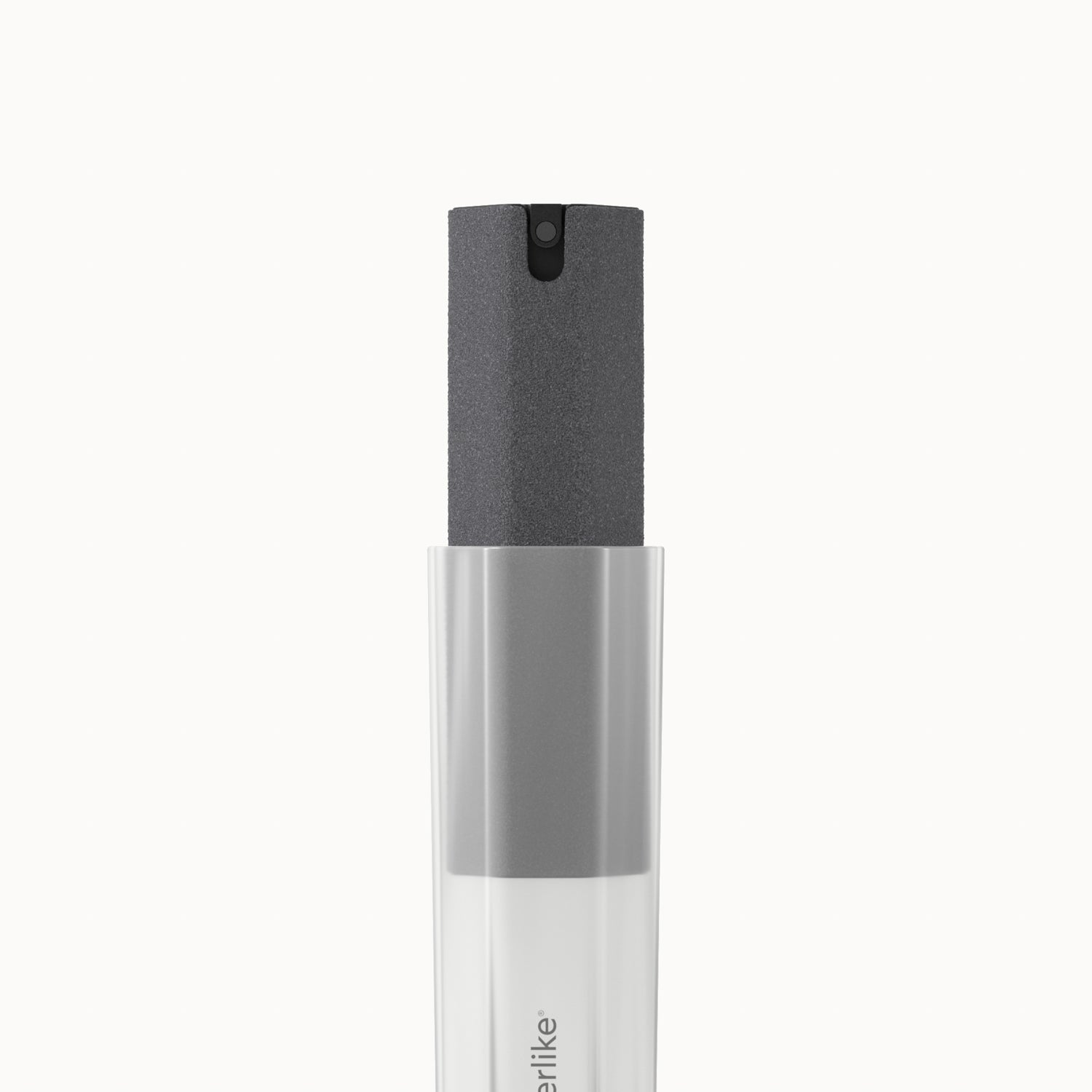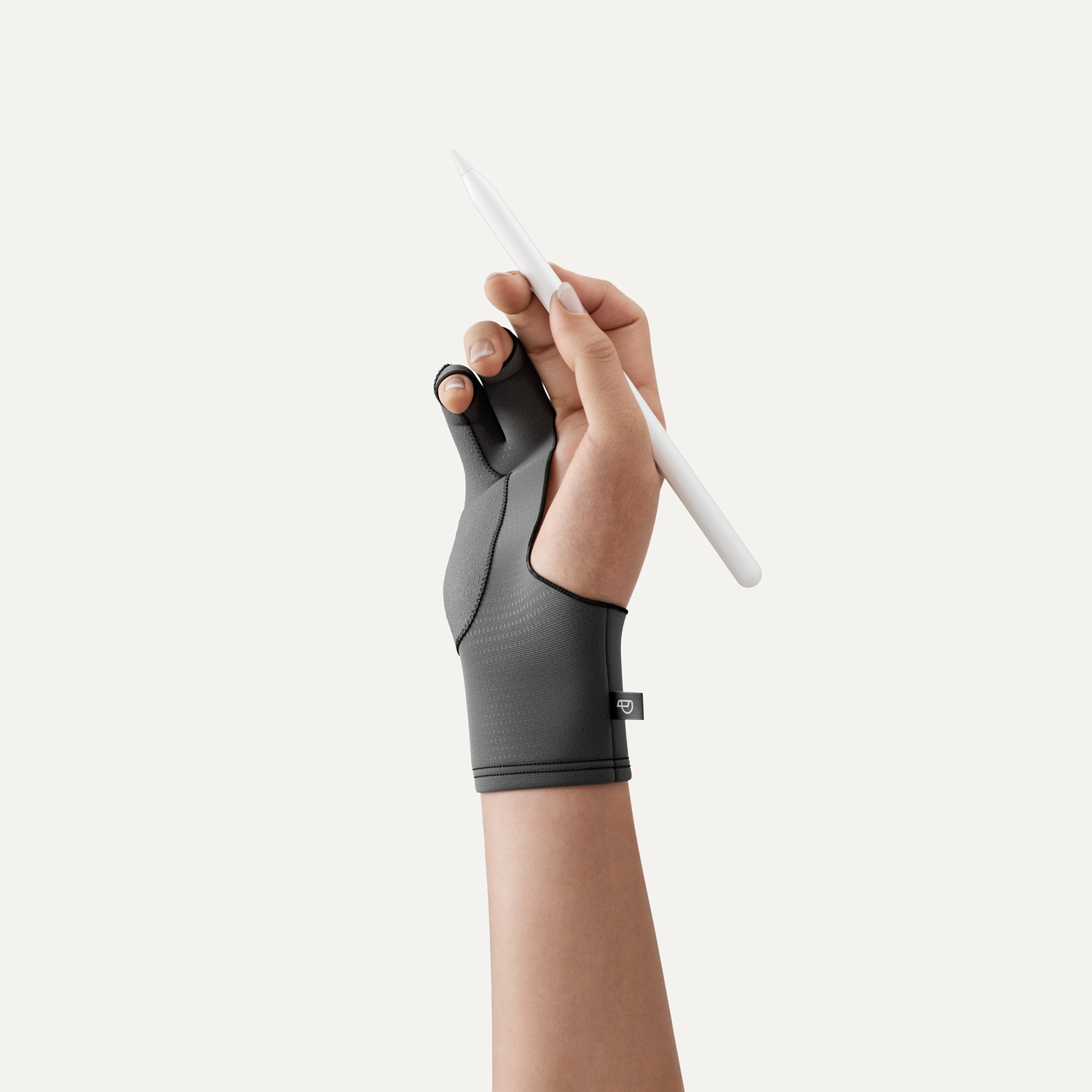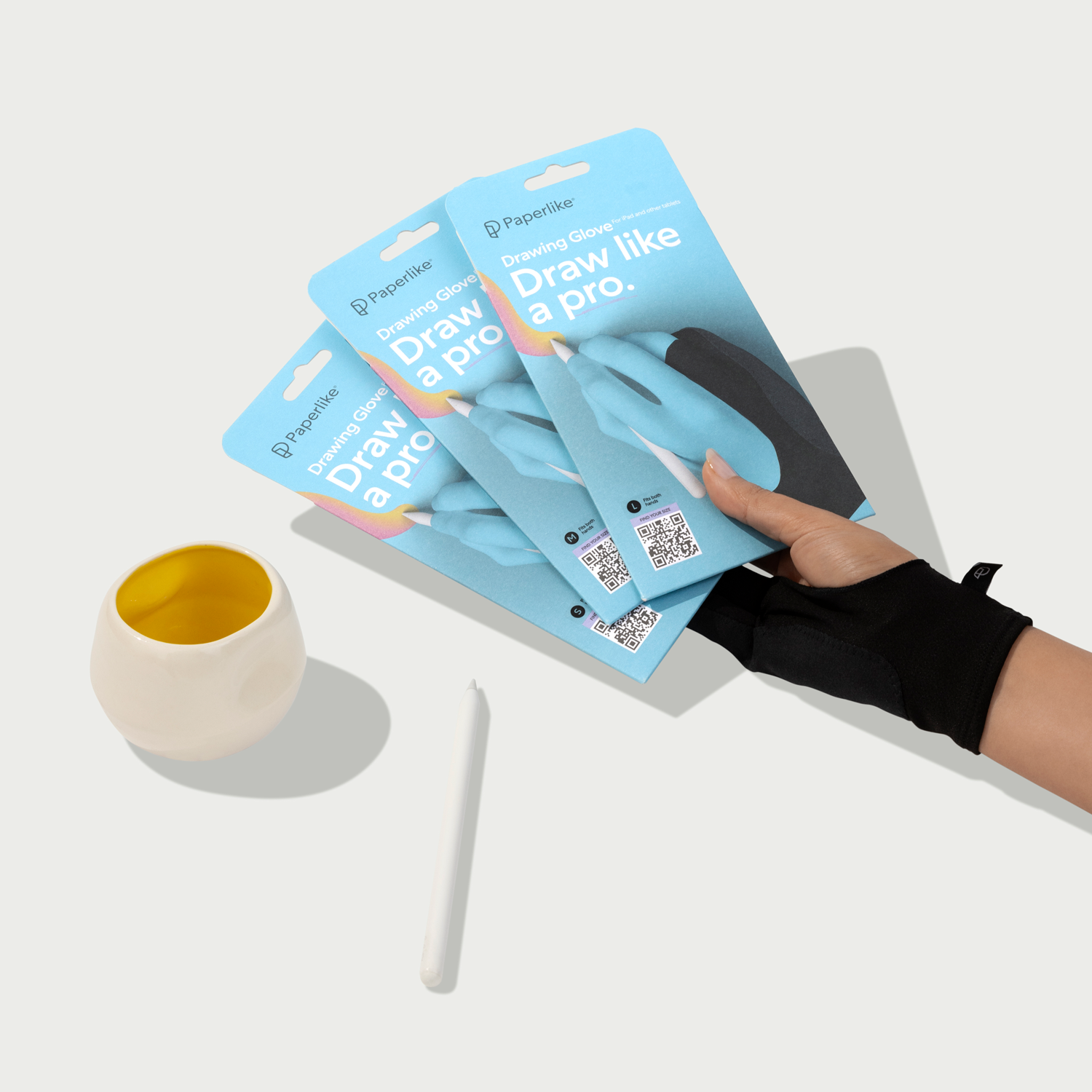A great map can tell a great story, and that’s something that illustrator Melanie "Mel" Chadwick knows from both personal and professional experience. Her portfolio supports a collection of lively maps, colorful landscapes, and playful illustrations which invite viewers to get out and enjoy the brighter side of life.

It’s an interest that goes back to her childhood. As a teenager, Mel participated in the Duke of Edinburgh (DofE) Award program, which involves — among other activities — learning to plan, train for, and complete an adventurous journey. For Mel, a highlight of the experience was using a map to complete that expedition.

“I’ve always had an interest in maps, and I saw other people creating these maps which made them look really fun,” she said. “I really liked that. I really liked the way they were coming across, and I thought I’d like to do that too.”

Mel’s interest in maps was always in the back of her mind, but she didn’t act on that passion until well into her professional career. Instead, she went to school for fine art. Though she learned skills that have helped her grow as an artist, she also learned one major thing upon graduating: She had no idea how to make a living from art.

While that’s never a great position for a new graduate to be in, that lack of knowledge led Mel to where she is today... thanks to the murals in a Hong Kong shopping mall.
There and back again
Mel’s fine art degree was, above all else, a tactile and hands-on experience.
“It was very conceptual,” she explained. “It was more like building installations and creating sculptures out of textiles. The course gave you some interesting experiences, but in terms of making a living from doing art, I couldn’t see a clear direction.”

That lack of clarity forced Mel into a collection of odd and unexpected jobs. She worked as a retail clerk in big box stores and taught art in schools for a short time after graduating. Shortly after she married, her husband received a job offer in Hong Kong, and Mel found herself living halfway around the globe doing what she’d been doing back home.

Though she didn’t know it at the time, that lifestyle change was exactly what she needed in order to find her own path forward. From skyscrapers to soaring temperatures, Mel found herself overwhelmed by everything, but the shopping malls were a particular highlight for her.

“In the shopping malls, there’s illustration everywhere,” she explained. “Massive murals and artwork all over.. I was noticing all of this art that was out there. I don’t know why I didn’t switch onto this before, but when you’re in a new place, you see things with fresh eyes.”

Those illustrations showed Mel a new way to commercialize her artwork, and they set her on the path to work in that field. But illustration was different than the kind of artwork that she’d been trained to do.

When Mel and her husband moved back to the UK, ending up in Aberdeen, Scotland, she began to train herself to create the kind of illustrations that she’d seen while living abroad. To make ends meet, Mel also put her fine art skills to work within the local community.

“I set up art workshops for kids and adults in Aberdeen,” she said. “I would go and teach the adults after they’d had a full day of work. Things like painting, screen printing, drawing , or clay work. Something that was more tactile.”
Her workshops were successful enough to pay the bills and help her buy the materials she needed to start her illustrative journey. She and her husband eventually relocated to Cornwall, where she briefly operated a screen printing studio before breaking away to do illustration full-time.

Layer by layer
Mel describes her artistic process as a build-up of layers. She starts off drawing by hand, then imports her sketch into a digital platform and starts working out the shapes and where things should be. Then she adds texture and colors to finalize the composition.

The same is true for her business. When Mel took on her first illustration client in 2012, everything didn’t change overnight. She had to work at it. In those first few years, Mel wasn’t confident with pricing, and she was learning about illustration — as well as the business of illustration — almost on the fly.
Mel explains: “It was about value. I had to see that what I was doing was adding value to the client. Until I saw that, I wasn’t going to take myself seriously. And I had to pay bills. If this was going to be my full-time thing, then I needed it to be a business. It couldn’t just be a side hustle that I just enjoyed doing.”
To further solidify her business acumen, Mel took business courses and learned about illustration markets and the business side of things. She read books to better understand contracts and licensing. She also learned how to differentiate between clients who understood her value and clients who were just wasting her time.

All of that was an eye-opening experience, and it’s something that many would-be illustrators overlook. That’s, Mel said, is a mistake.
“Until you understand your value, you can’t make it into a business,” she said.
That notion of value is something that Mel feels strongly about — so much so that she’s even incorporated it into her artistic process so that she can collaborate more closely with clients.
It’s something that took years to get right, but it’s a process that she’s proud of and one that helps clients take ownership of the content they’ve commissioned.

“The client is always part of the process. I think they’ve got to feel involved with it,” she said. “If they do they take ownership of it as well. If they don’t take part in the process, then they don’t feel like the product is theirs.”

Staying local
Today, Mel does more than illustration and design. She hosts online courses and interviews other artists to gather insights about their processes, workflows, and philosophies. This is done, in part, to allow Mel the chance to interact with her local community. It’s also something that gives Mel the opportunity to break out of the feast-or-famine work cycle that many freelancers and independent artists experience.

It’s all part of Mel’s “stick-to-it” business philosophy.
“Pick something, stick to it and persevere,” she said. “See it through to the end.”
Mel will be the first to admit that seeing something through to the end doesn’t mean staying onboard a sinking ship. Amateurs in the space have to learn to figure out what works and adapt their methods in a way that earns clients.

For Mel, that has meant focusing on a local presence. While she’s done plenty of work for international brands, many of Mel’s current clients are local. She’s fine with that.

Mel says that, while artists have to figure out what their bread and butter will be, they can’t just follow trends or do something because someone else is doing it. It has to make sense with their own brand and their personal journey.
That, she figures, is the only way to make everything work and still be satisfied at the end of the day.
You can find out more about Mel at her website. You can also follow her on Instagram for regular sketchbook updates and on YouTube for in-depth interviews with other artists.


